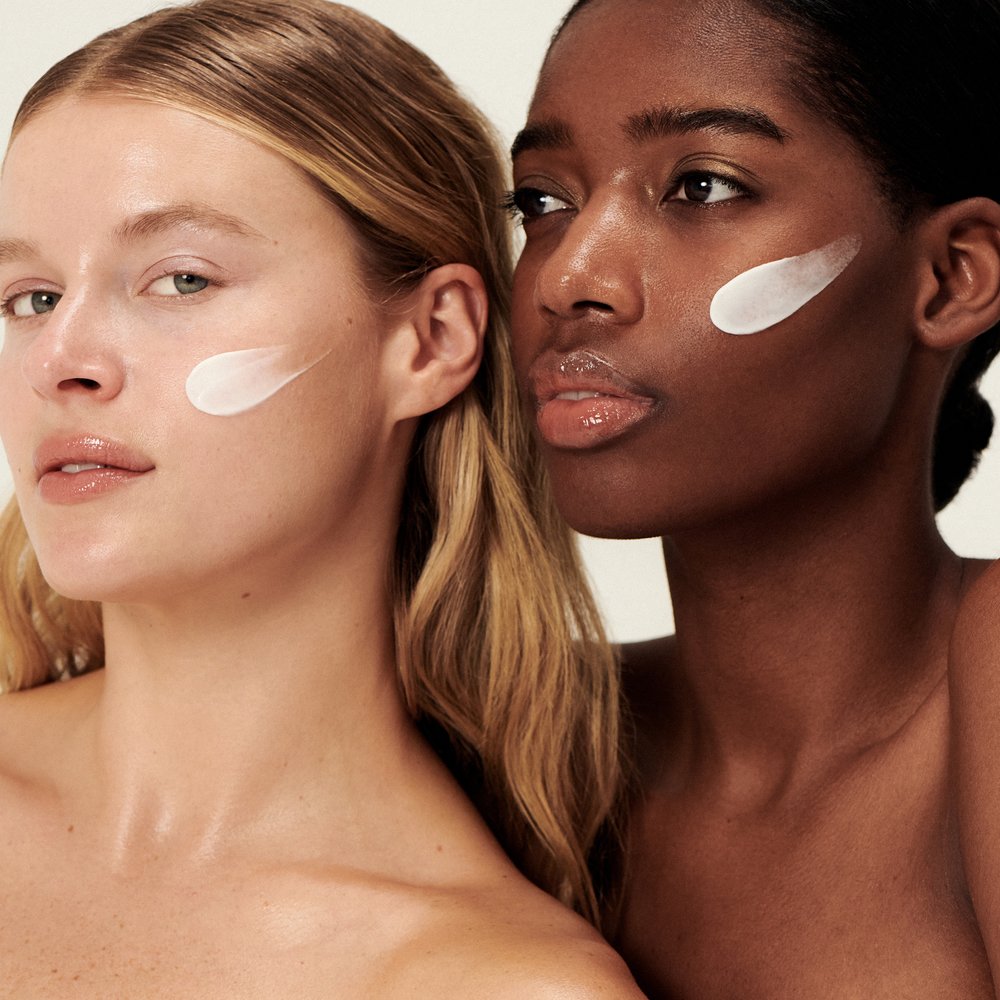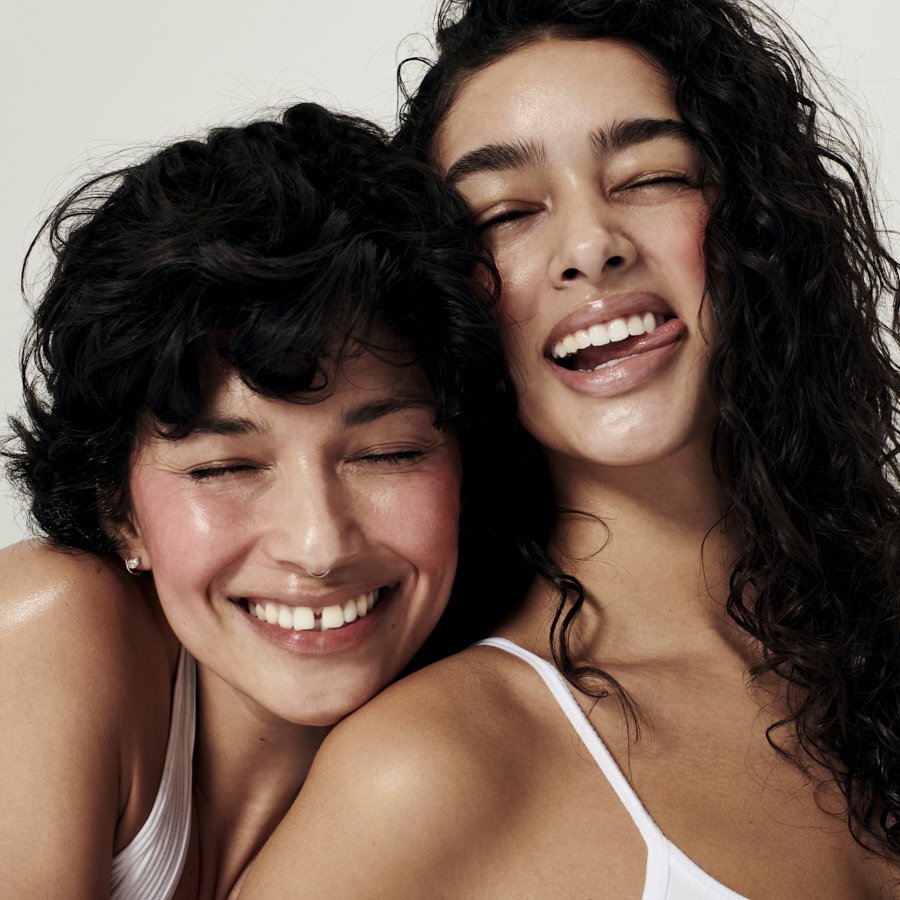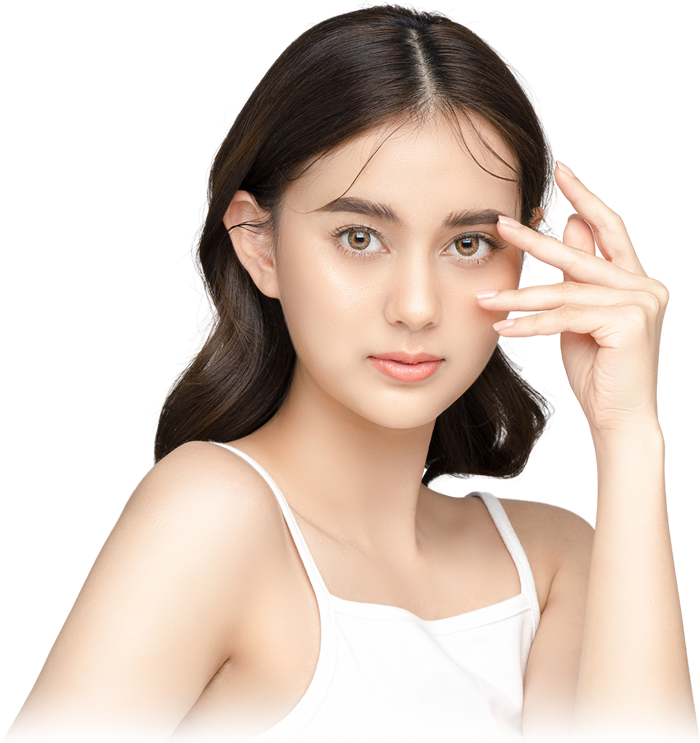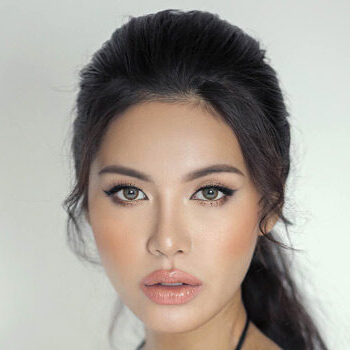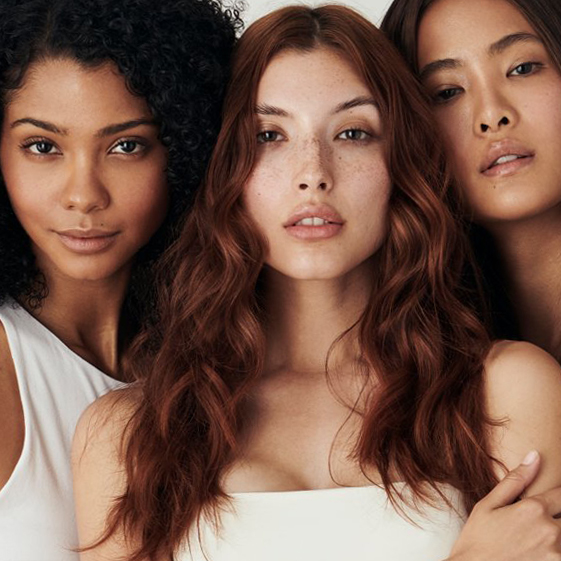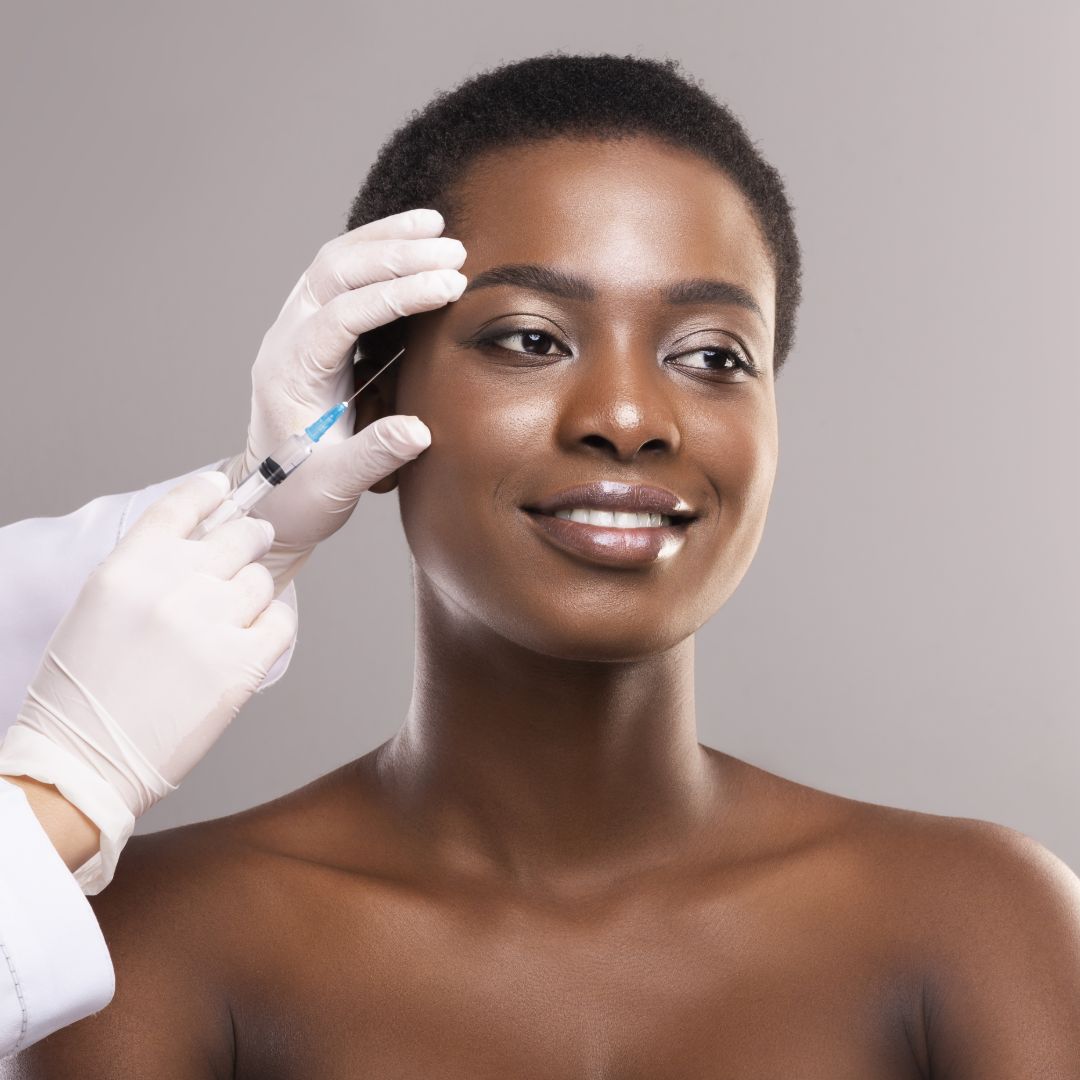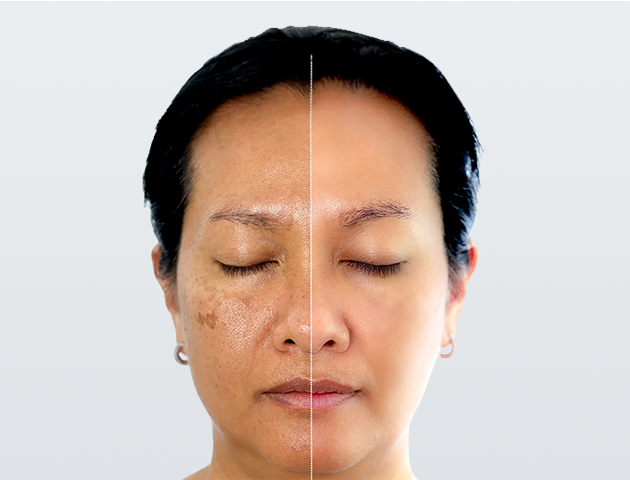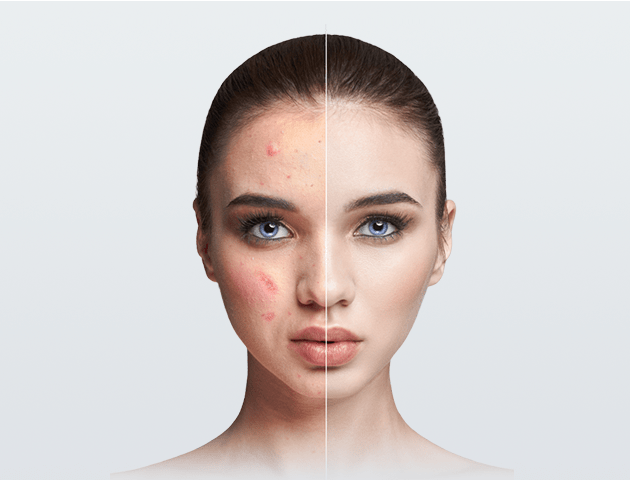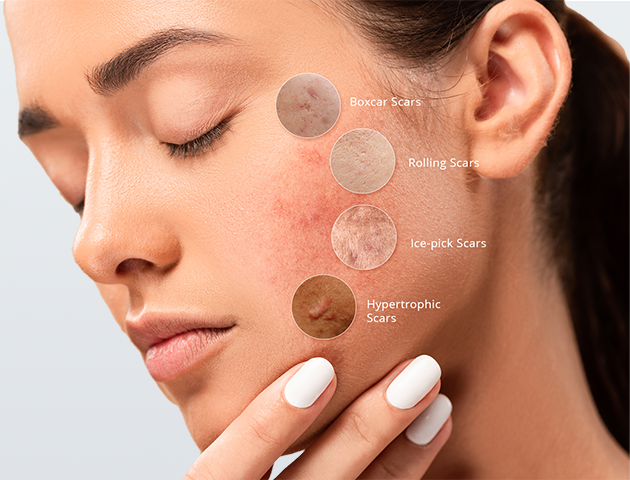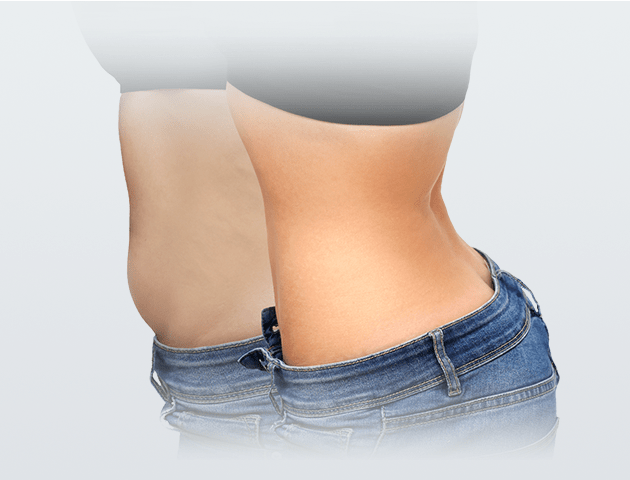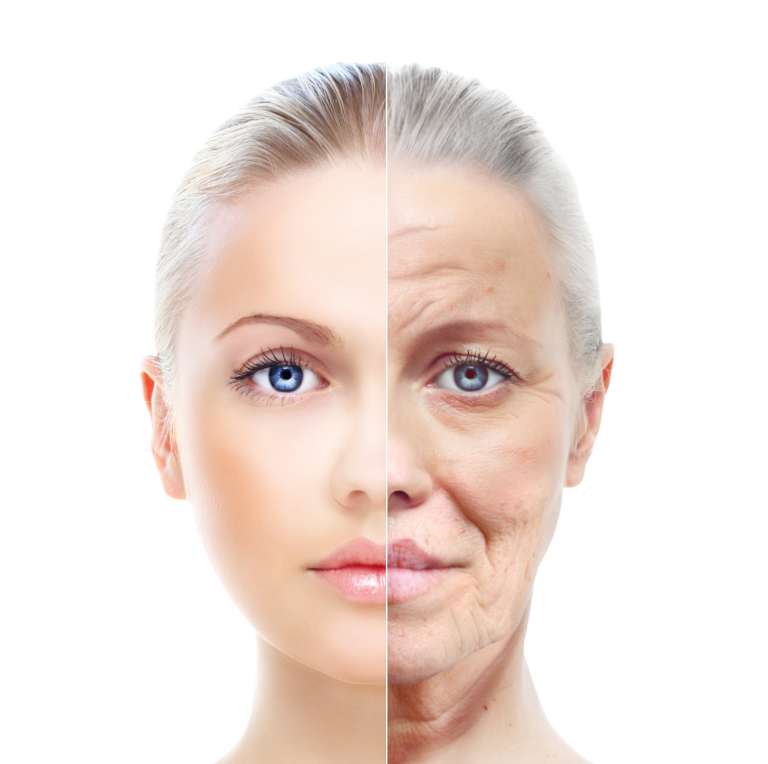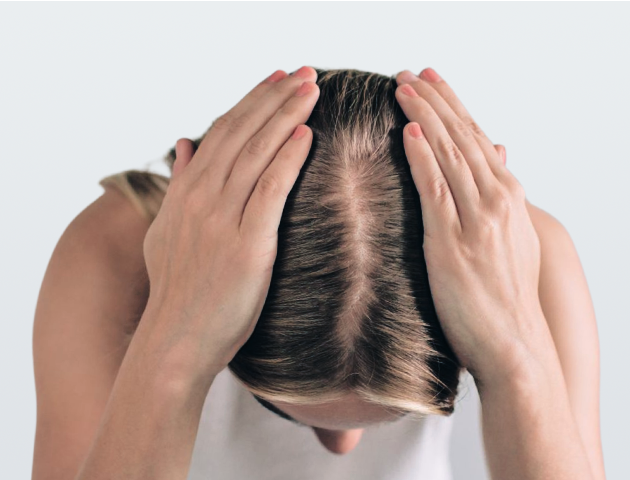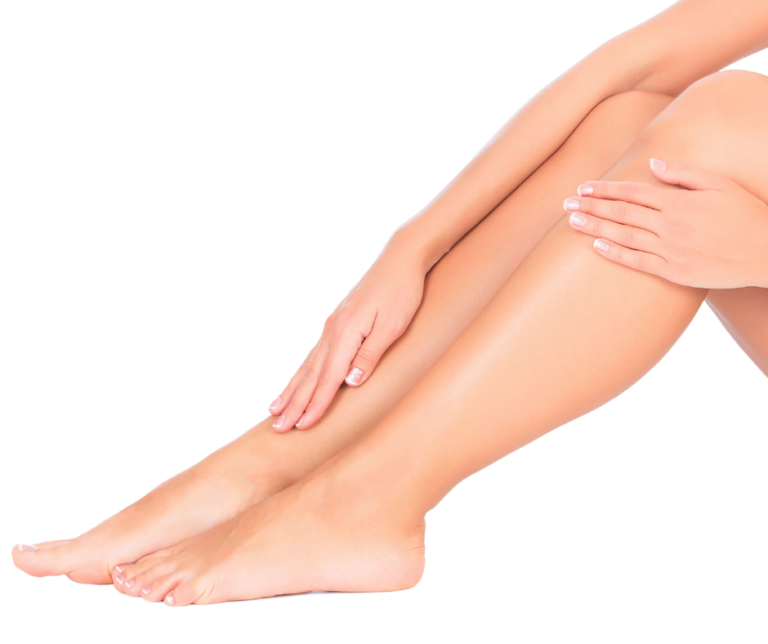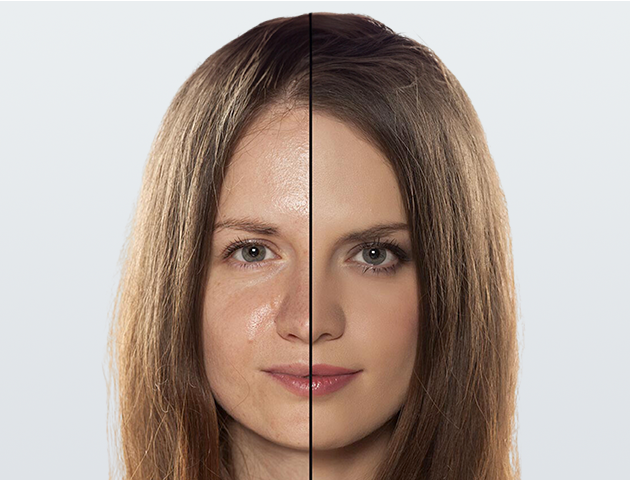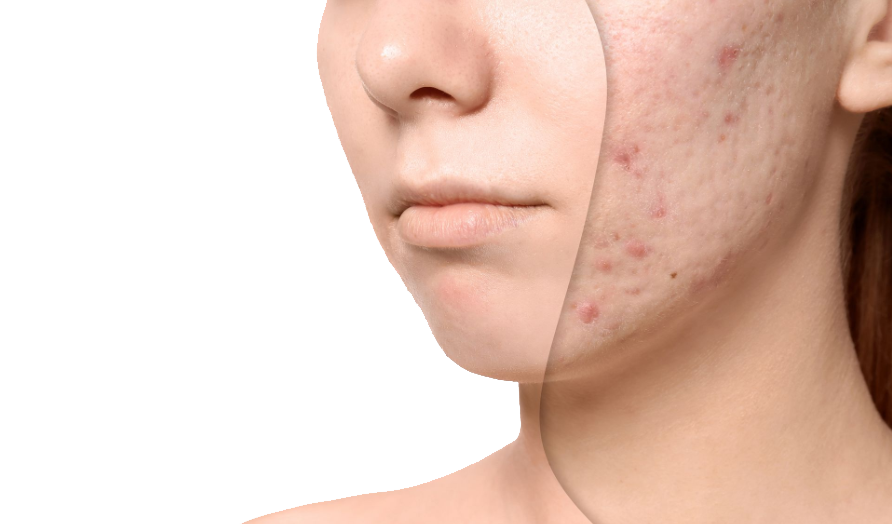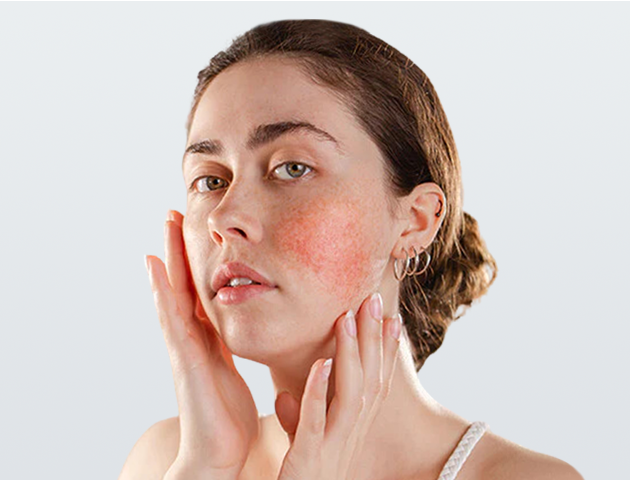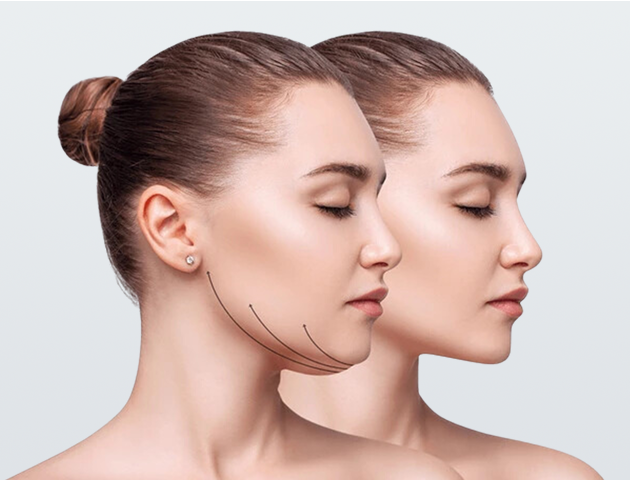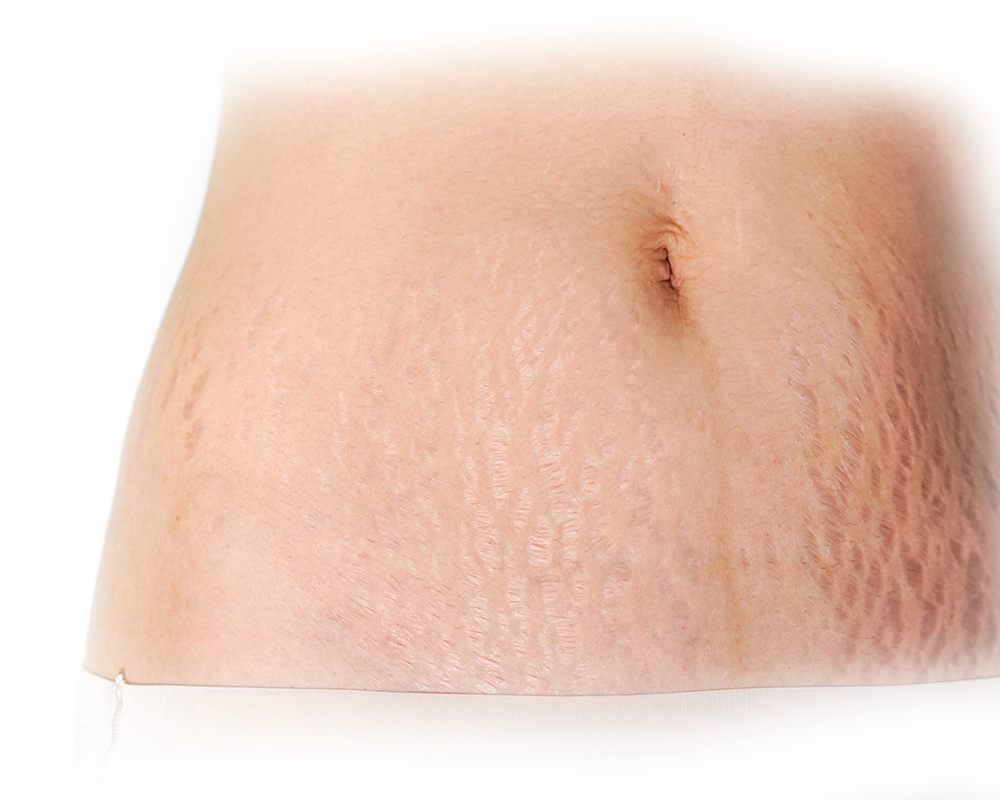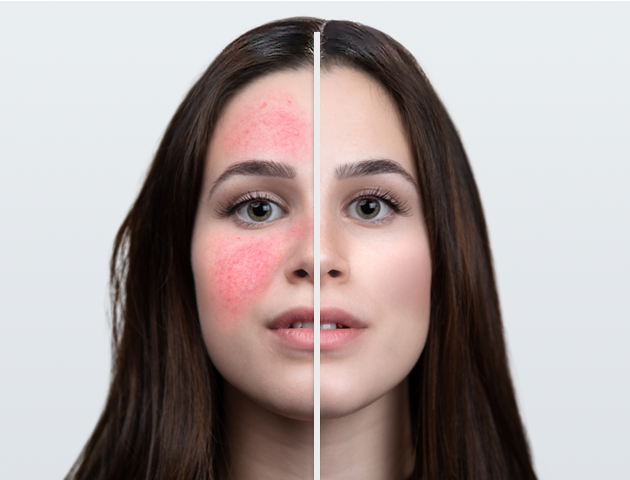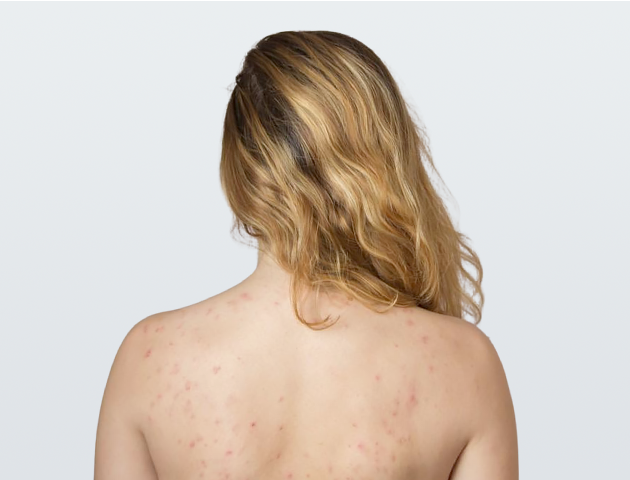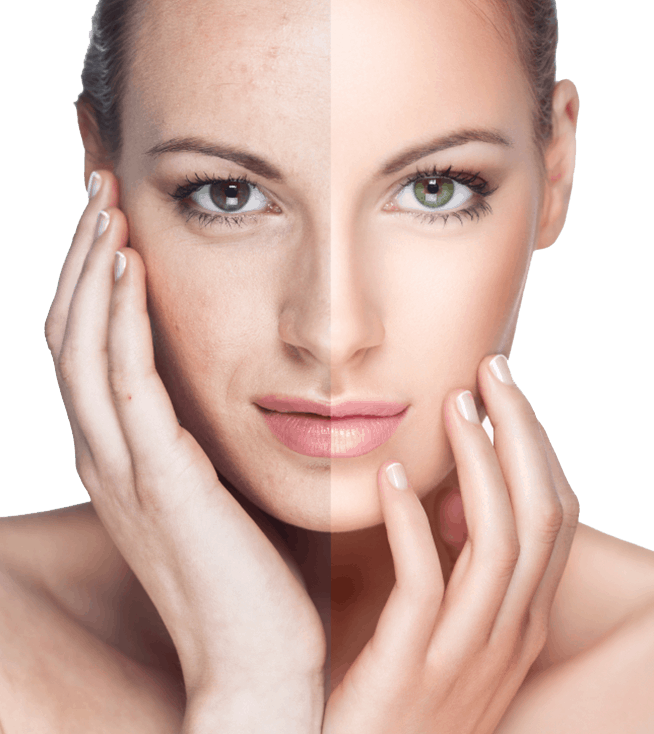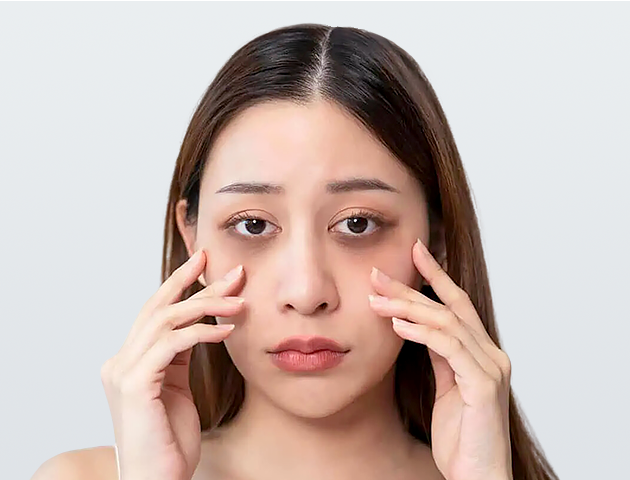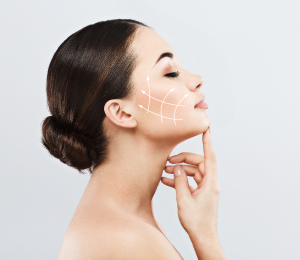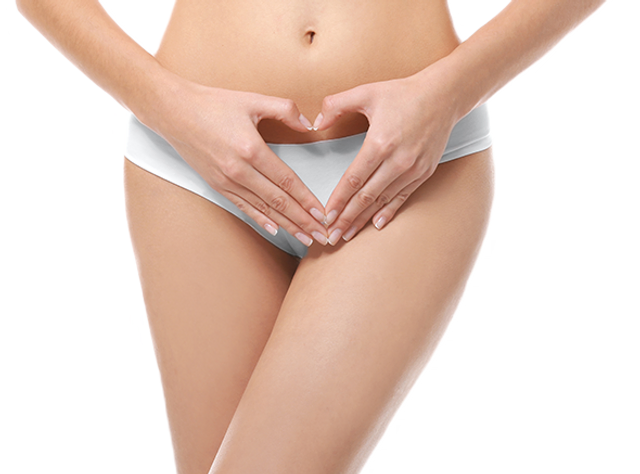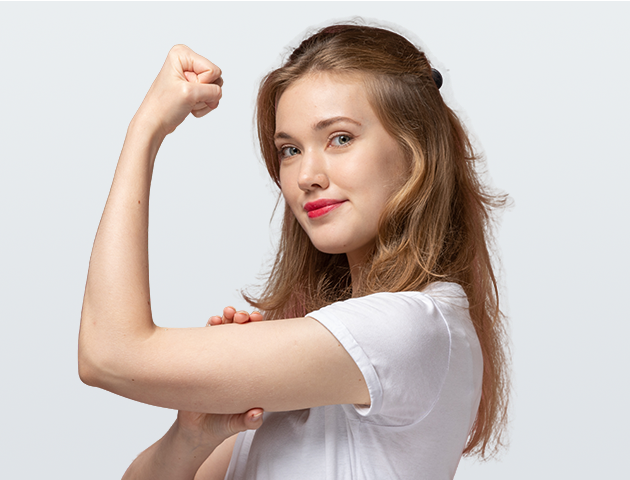

Reduces Wrinkles

Preventative Anti-Aging
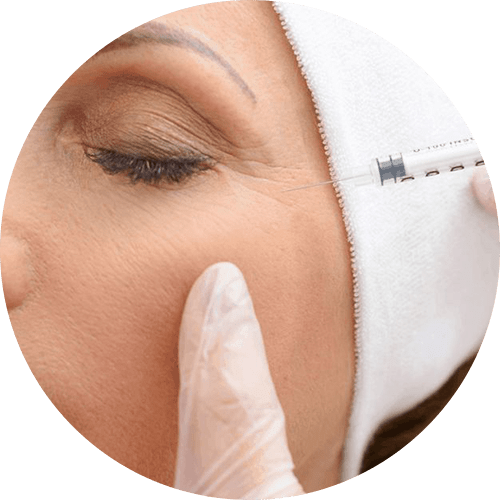
Therapeutic Applications
BEFORE & AFTER
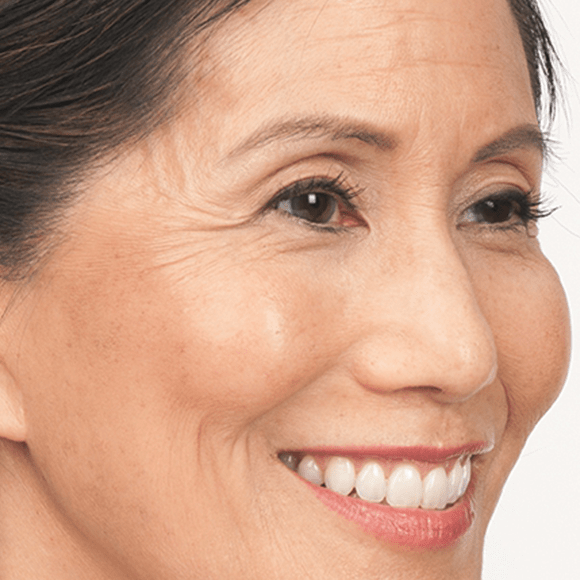
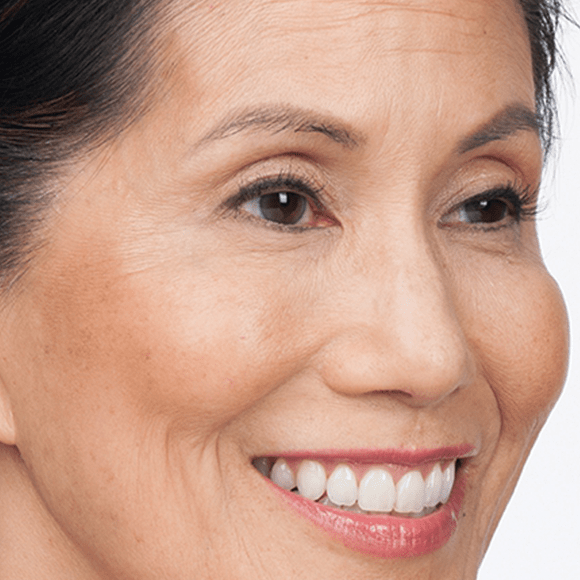

Reduction of Fine Lines and Wrinkles: Botox is primarily known for its ability to significantly reduce the appearance of fine lines and wrinkles, especially on the forehead, around the eyes (crow’s feet), and between the brows (frown lines). It works by temporarily paralyzing the muscles responsible for these expressions. By doing so, Botox allows the skin to appear smoother and more youthful. This effect can dramatically enhance one’s appearance, providing a more rested and refreshed look without the need for invasive surgery.
Preventative Aging Benefits: Botox is not only effective in treating existing lines and wrinkles but also serves as a preventative measure. Regular use can help slow the development of new wrinkles by limiting the repetitive muscle contractions that contribute to wrinkle formation. This proactive approach is particularly appealing to younger adults who wish to maintain their youthful appearance for as long as possible. By starting treatments before deep wrinkles set in, the skin maintains its elasticity and smoothness longer, potentially delaying the need for more aggressive treatments in the future.
Therapeutic Applications: Beyond aesthetic improvements, Botox has a range of therapeutic benefits. It is used to treat a variety of medical conditions, such as chronic migraines, excessive sweating (hyperhidrosis), and certain muscle spasms or disorders. In cases of chronic migraines, Botox is injected into specific areas around the head and neck to block neurotransmitters that carry pain signals from the brain, effectively reducing the occurrence of headaches. For hyperhidrosis, Botox targets sweating at its source, providing significant relief by blocking the nerves responsible for activating sweat glands. These therapeutic uses highlight Botox’s versatility and efficacy beyond cosmetic enhancements.
For optimal results, schedule your Botox treatment at least two weeks before any upcoming events to ensure full effect. To minimize bruising, avoid ibuprofen and other blood-thinning medications prior to the procedure. Also, maintain normal hydration and meal routines to prevent dizziness during and after the Botox injections.
Typically, the initial effects of Botox become visible within a few days, but it takes about 14 days to see the full results. About 2-4 weeks after the procedure, your practitioner will review the outcomes to ensure the best and most lasting effects. Botox generally lasts between 3 to 4 months, after which we recommend scheduling a follow-up treatment, as advised by our practitioners, to maintain the desired results.
To keep your results looking fresh and natural, we suggest scheduling Botox treatments every 3-4 months throughout the year.
To maximize its effectiveness, avoid skin treatments for the first 24 hours after you receive Botox. This includes facials, facial massages, and masks, and exfoliating scrubs. If you get Botox in another part of your body, avoid any massages or treatments where someone is rubbing your skin.




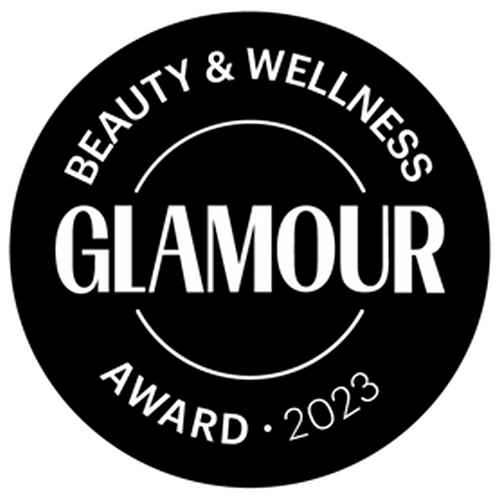



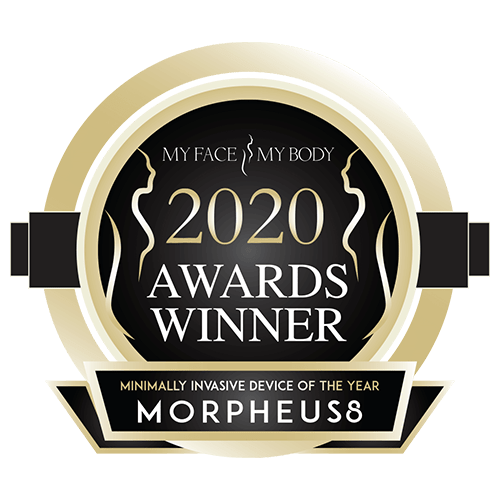






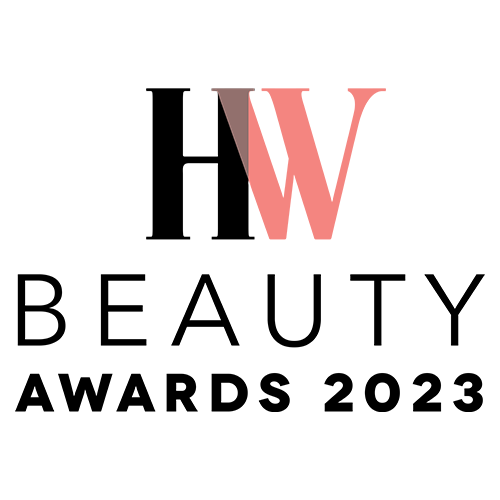
















RELATED TREATMENTS

7 Step K-Dewy Complexion
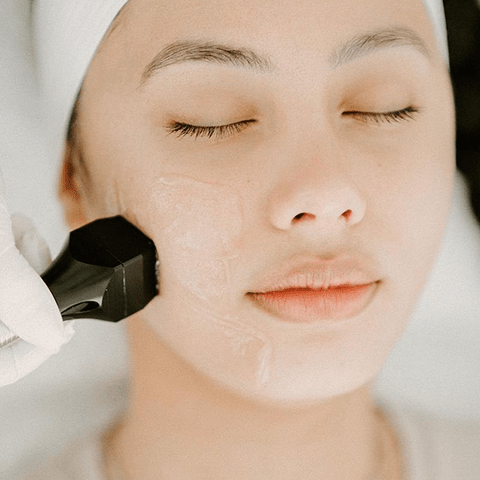
Private: Celeb Glow
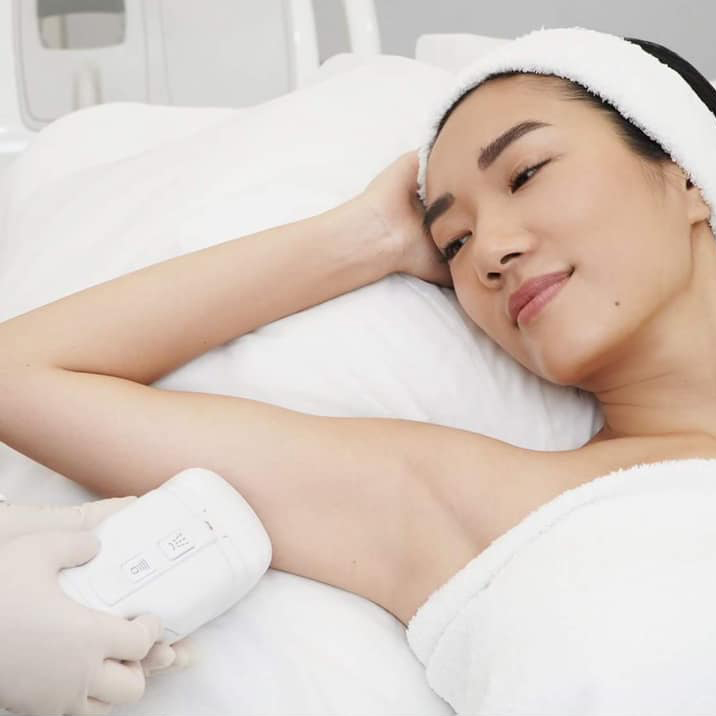
Liposonix
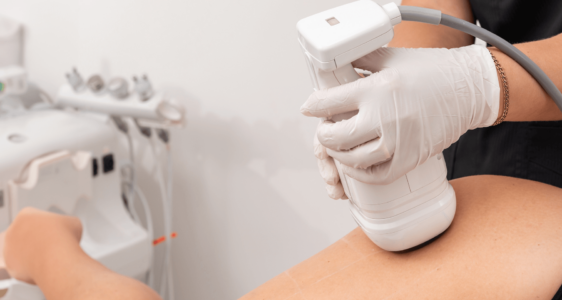
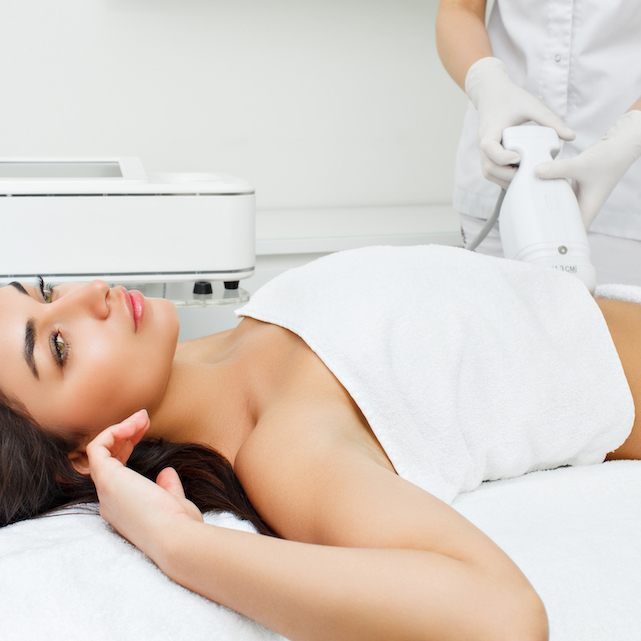
Permanent fat reduction
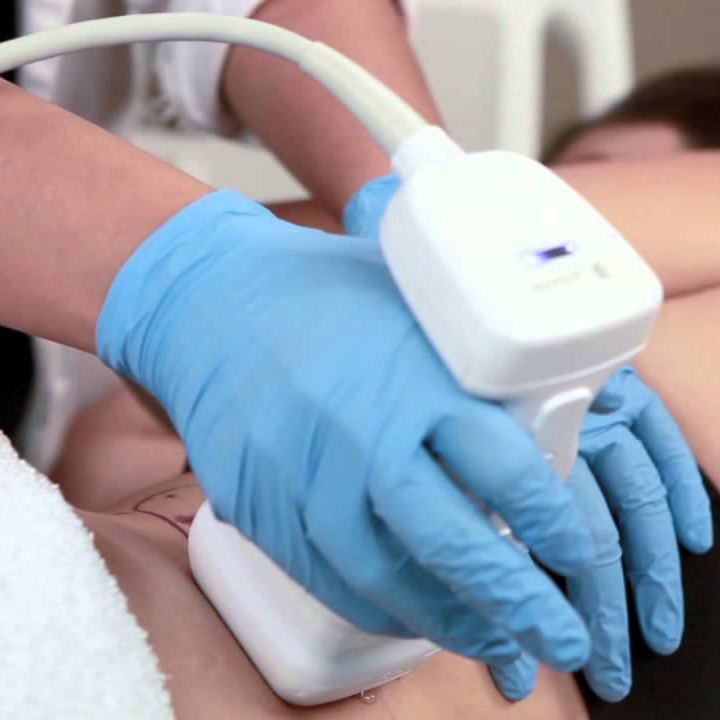
Visible result in skin tightening


